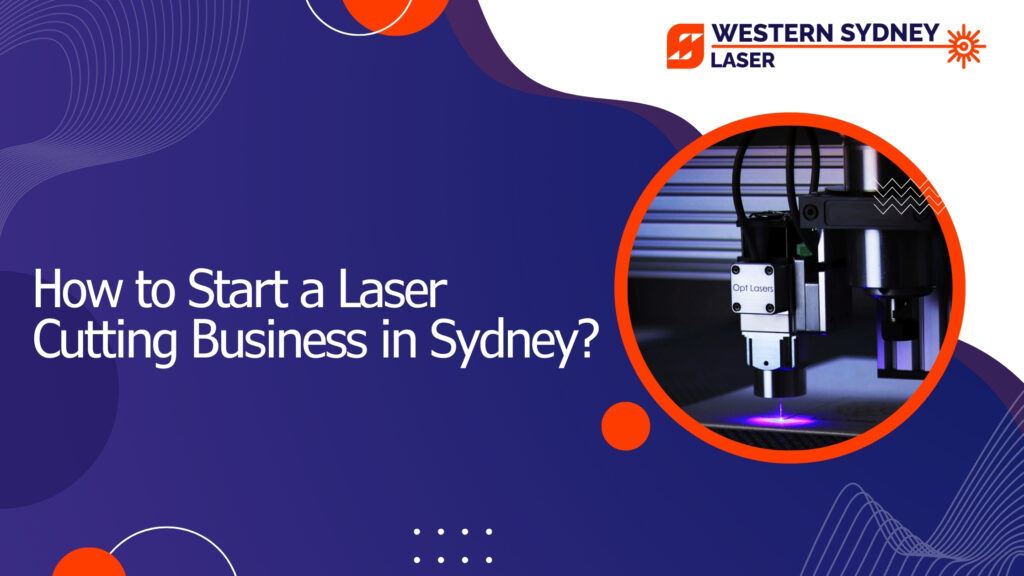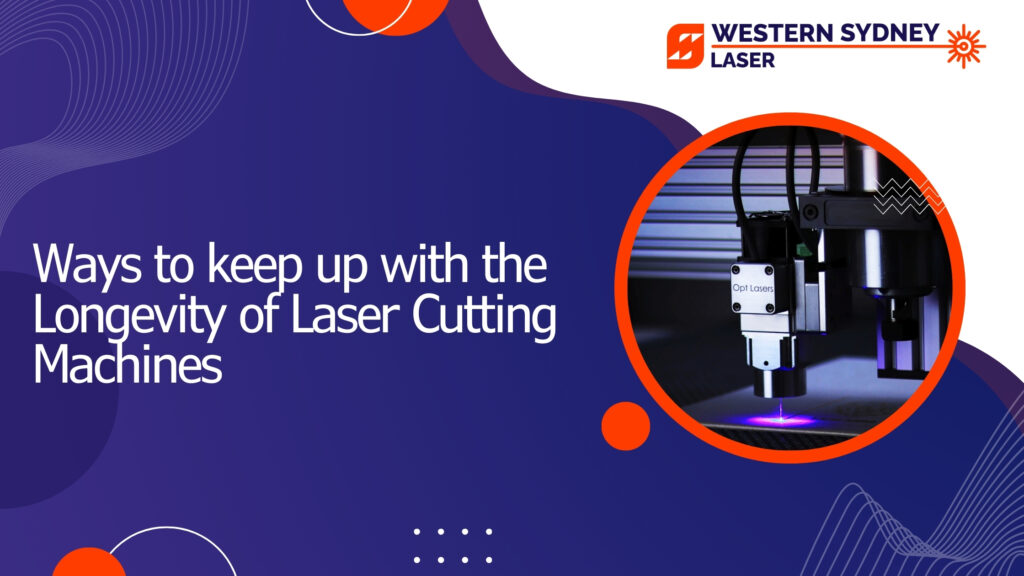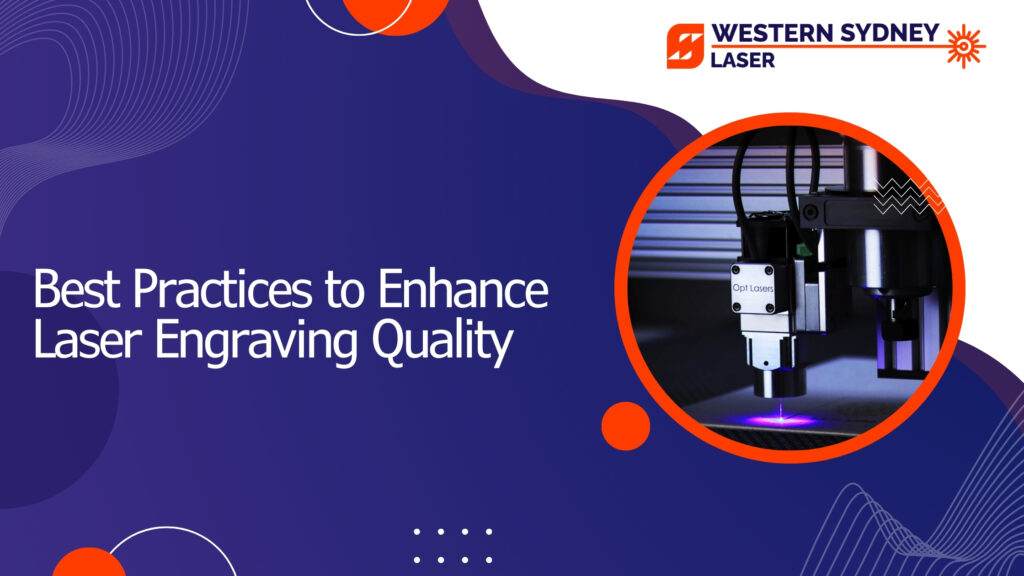How to Start a Laser Cutting Business in Sydney?
Sydney is a dynamic city with a high demand for precision manufacturing and a dynamic laser-cutting market. High-quality, intricate designs are produced using laser cutting technology by cutting, engraving, or etching metal, wood, plastic, or fabric. In addition to being versatile, laser cutting has grown in popularity in industries that include manufacturing, architecture, jewelry, and custom design. It is in the best interest of such a venture to be located in Sydney, a thriving economic hub with diverse industries, growing demand for bespoke products, and a flourishing economy. The market for laser cutting is vibrant, and with careful planning and the right equipment, laser-cutting businesses can prosper. What is Laser Cutting? Laser beams are used for engraving, cutting, and cutting metal, wood, plastic, and fabric. By melting, burning, or vaporizing the material with the laser, an edge with a high-quality surface finish is created. This technology creates intricate designs because it is exact and versatile and can create intricate patterns that are impossible to create using other cutting methods. Laser Cutting Market Scenario in Sydney Laser-cutting services are available in Sydney, a large city with a diverse market. It is possible to work with architectural and construction firms, retail stores that offer customized products, marketing and advertising firms, and fashion and art businesses. Since the city’s commercial environment is dynamic, a wide range of fields can benefit from laser cutting services. Key Factors to Consider While starting a laser cutting business Research in the market Investing in anything related to laser cutting technology in Sydney or marketing, thoroughly researching the laser cutting market before making any investments is essential. It is important to identify: Competitors: Become familiar with their services, pricing, and clientele. This will help you identify any gaps in the market. Target Audience: Determine whether your product will be marketed to individuals (for example, custom-made products or gifts) and businesses (for example, industrial parts, architecture, or design). Demand: Determine the current level of laser cutting demand. Sydney customers can use several online platforms and industry forums to gain insight into trends. Development of a business plan To ensure the success of your venture, you should create a detailed business plan. It is essential for your business plan to include the following components: Vision and Mission: How do you envision your laser-cutting business? Goals and objectives should be defined. Services Offered: Take a moment to describe the types of laser cutting services you offer, including the materials you work with (metals, acrylics, wood, etc.) and any specialities you offer. Financial Planning: Plan your budget in detail, including equipment costs, licensing costs, marketing costs, and operating costs. Make a break-even calculation and estimate your income. Pricing Strategy: Conduct competitive research in the Sydney market and determine how you will structure your services’ pricing. Legal and Licensing Requirements It is necessary to register your business name in Sydney and obtain the required permits before starting a business. The key steps are as follows: Business Registration: You must register your business name with the Australian Securities and Investments Commission (ASIC). ABN and GST: Register for an Australian Business Number (ABN). Generally, if your business generates more than $75,000 per year, it is required to register for Goods and Services Tax (GST). Licenses and Permits: Local permits may be needed depending on your location. Additionally, it is essential to be aware of environmental laws that govern laser-cutting waste disposal. Insurance: Ensure that your business has adequate insurance coverage. An organization that sells laser cutting needs liability, product liability, and property insurance. Ways to Choose the Right Laser Cutting Equipment Types of Laser Cutting Machines There are numerous types of laser cutting machines, each suitable for a different kind of material or purpose. Among the most common types are: CO2 Lasers: An ideal tool for cutting materials other than metal, such as wood, acrylic, leather, and fabric. The precision of CO2 lasers makes them popular for engraving and cutting. Fibre Lasers: Fibre lasers can cut metals such as steel, aluminum, and copper. While fiber lasers are more efficient and faster when working with metal, they are also more expensive than other types of lasers. Lasers: Used in manufacturing aerospace and medical devices, particularly for high-precision work. Machine Specifications Consider the following factors when choosing laser-cutting equipment: Power: Machines that run at higher wattages are better at cutting thick materials, at the cost of being more expensive. It is essential to make sure your machine is powerful enough to handle your service requirements. Cutting Area: Depending on the laser-cutting bed size, you can cut materials up to a specific size. To provide greater versatility, more space may be necessary to dedicate to a larger cutting area. Compatibility of Software: Check that the machine is compatible with the design software that is commonly used in your industry. Maintenance: Choose a machine that is easy to maintain, and if repairs are required, select a local service provider in Sydney to limit downtime. How to Set Up Your Workshop Location It is essential to keep in mind that the location of your workshop is one of the most critical factors. The following factors should be considered: Your business must be easily accessible to clients, mainly if your target market is an industrial sector that requires regular deliveries and pickups. Comply with the zoning laws in the area where you intend to operate your laser cutting operation. Ensure that your workshop is large enough to accommodate the laser cutting equipment, raw materials, and products you manufacture. Consider establishing a separate area for client consultations and design. Implementing safety If lasers are not appropriately managed, they can pose safety risks. The following equipment should be available in your workshop: Ventilation: It is essential to provide adequate ventilation to prevent harmful fumes from specific materials. Fire Safety: Ensure fire extinguishers are installed and your staff is trained on fire safety techniques. Personal Protective Equipment (PPE): Make sure that you
How to Start a Laser Cutting Business in Sydney? Read More »



